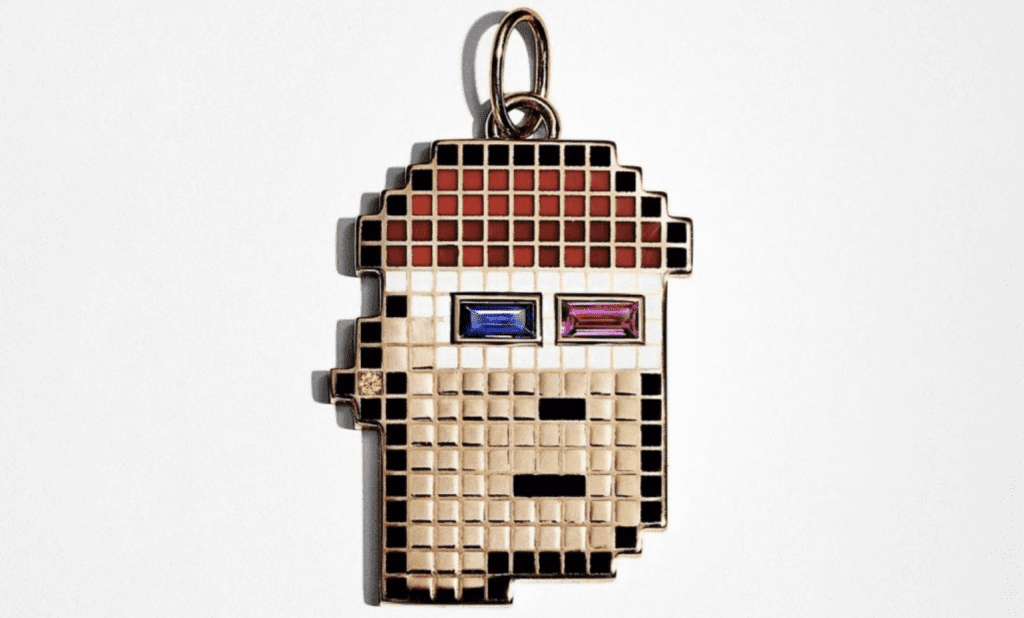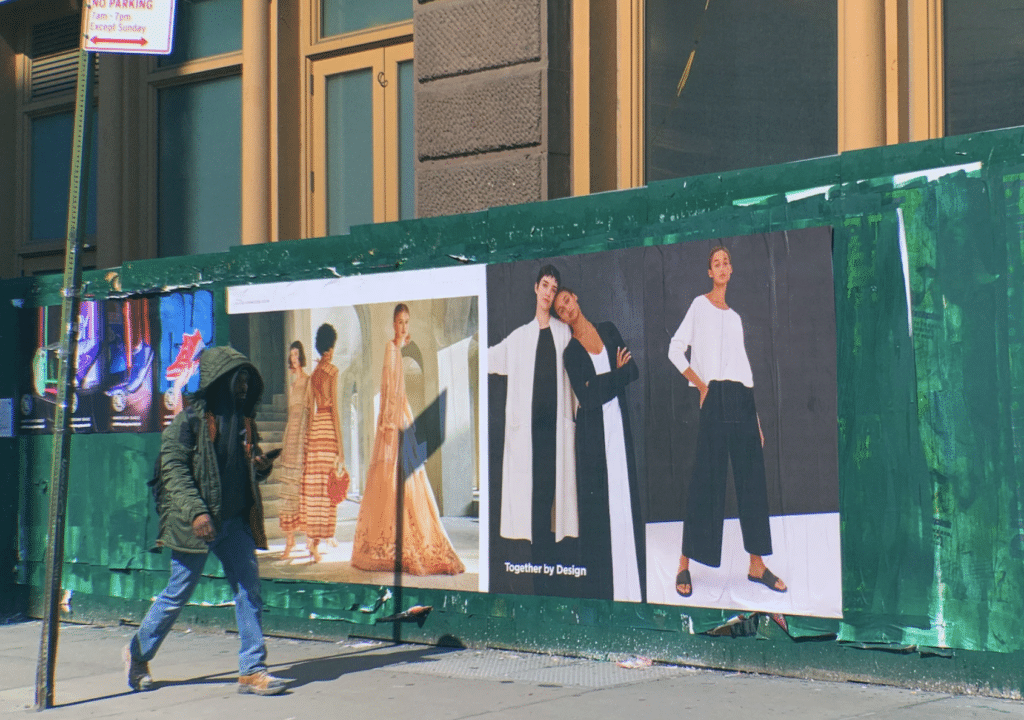Non-fungible tokens (“NFTs”) have become a topic of significant interest for intellectual property owners, content creators, investors, and crypto-enthusiasts, alike. Whether or not they will transform markets by ushering in a new digitized future, it is clear that NFTs present commercial opportunities, including for brands looking to monetize existing assets. Unique, digitized certificates of ownership rights which exist in relation to some digital content, NFTs live on the blockchain, and are “minted” (i.e., created) using self-executing smart contracts. The scope of an NFT owner’s legal rights, as well as the provenance of those rights, are “baked in” to that NFT’s immutable, incorruptible code, and the metadata associated with it.
These specific qualities allow for a number of compelling applications for this new class of assets. For example, NFTs could become the gold standard for sharing certificates, tickets, and other documents that represent proof of pedigree. This use-case extends across sectors – from recruitment (e.g., to verify diplomas and employment history) to sports and entertainment (e.g., to prevent ticket fraud). In the music, media, and entertainment industries, artists, musicians, and content creators can secure themselves a cut of the revenue from all secondary sales following an initial transaction simply by encoding royalty provisions into their NFTs’ unalterable smart contract codes. This application is particularly relevant in today’s burgeoning “creator economy,” where the balance of power is starting to shift away from platforms and toward artists or content creators and their fans. For creators looking for new ways to monetize their work and increase fan engagement, NFTs appear to offer a compelling case.
Much media attention has, however, focused on the “hype” surrounding NFTs as unique collectables or investment assets, and indeed, many businesses are taking advantage of their brand power to monetize existing intellectual property by minting NFTs, either on their own or in collaborations with other names. Adidas, Givenchy, Gucci, and Louis Vuitton are just a few of the fashion giants leveraging their brand power to generate further income flows via NFTs. Elsewhere in the market, LVMH-owned jewelry titan Tiffany & Co. debuted a gemstone-encrusted rose gold pendant earlier this month that bridges digital art and tangible goods by featuring the digital artwork known as Cryptopunk #3167, which corresponds with an NFT owned by its head of product and communications Alexandre Arnault.

Famous individuals, too, have begun embracing NFTs as a new means to monetize and commercialize cultural cachet: former NBA star Dennis Rodman, for instance, recently released an NFT collection celebrating his iconic hairstyles.
NFTs are, of course, not without their criticisms, dangers, and legal drawbacks. Blockchain technology can be exceptionally energy-intensive, and many have pointed to its environmental impact. Further, the proliferation of NFTs presents potential issues for established market participants. Because of the low barriers to entry involved in creating and selling NFTs, owners of intellectual property will need to be vigilant in policing their rights and goodwill against unauthorized use, such as third parties attempting to exploit rights in IP they do not own; the Tolkien estate’s successful WIPO complaint against crypo-project “JRR Token” for trademark infringement offers a recent example of such enforcement efforts.
Parties that mint, advertise, and sell NFTs will also need to keep abreast of regulatory developments and decisions from bodies, such as the Advertising Standards Authority and Financial Conduct Authority in Australia (and the likes of the U.S. Securities and Exchange Commission in U.S.), both of which are taking an increasing interest in this area. The former, for example, issued a decision late last year against Arsenal Football Club in relation to the Club’s ads for Fan Tokens. Finally, consumers wishing to participate in this market would be well-advised to engage in at least some due diligence before purchasing an NFT to avoid unpleasant surprises relating to, for example, the content of NFT ownership, the legal rights of the seller, and the accessibility of the digital asset to which an individual token is associated.
Ultimately, however, and even potentially despite these looming issues, NFTs are poised to become an important feature in the intellectual property landscape.
Sonja Dragomir is a Trainee Solicitor in the commercial group at Macfarlanes LLP in London.














